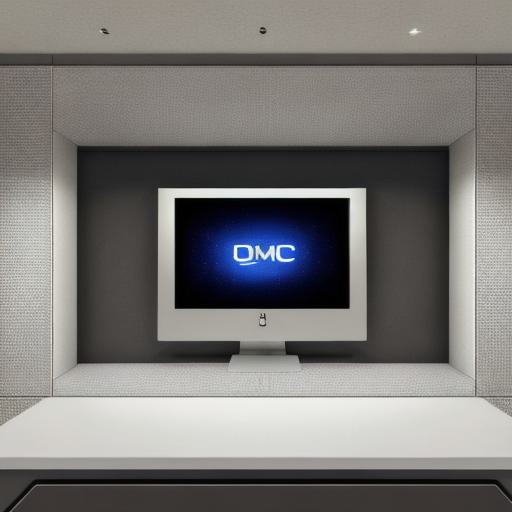Subtitle: What is a Data Room and How is it Used in Business Deals?
In today’s digital age, data has become an essential asset for businesses. The secure exchange and management of this information are crucial during mergers and acquisitions (M&A) or fundraising processes. This is where a data room comes into play.
Data Room Definition:


A data room is a virtual or physical repository used by companies to securely store, share, and control access to sensitive documents and data during business transactions such as M&A deals, fundraisings, or regulatory investigations.
Why Use a Data Room?
- Secure Access: A data room ensures that only authorized parties can access the shared information, protecting sensitive data from unauthorized access.
- Organized Information: By centralizing all relevant documents in one place, the due diligence process becomes more efficient and organized for both buyers and sellers.
- Real-time Collaboration: A data room allows multiple parties to review and collaborate on shared documents simultaneously, reducing delays in the transaction timeline.
- Compliance: Data rooms can help organizations meet regulatory requirements by providing an audit trail of who accessed specific information and when.
Virtual vs Physical Data Rooms:
- Virtual Data Room: A virtual data room is a web-based platform where companies store, manage, and share documents securely with controlled access. It offers the added benefits of real-time collaboration and reduced costs associated with physical storage and travel.
- Physical Data Room: A physical data room is an offline location where companies store sensitive documents in a secure facility during business transactions. This option is suitable for industries that require strict physical security measures or when dealing with large volumes of paper records.
Example of a Data Room Use Case:
During an M&A transaction, the seller creates a data room on a virtual platform and uploads all relevant documents for potential buyers to review. Buyers can then request access, sign non-disclosure agreements (NDAs), and begin their due diligence process. Real-time collaboration features enable both parties to discuss specific documents directly within the data room, streamlining communication and reducing the need for lengthy email chains.
In conclusion, a data room is an essential tool in the modern business landscape that facilitates secure information sharing during transactions while maintaining efficiency and compliance requirements. Whether opting for a virtual or physical data room, understanding its benefits and implementation will ensure a smoother and more successful transaction process.
